So there I was at YOU ARE HERE …:
…, and following a bit of shipspotting, I made my way north along the wiggly pink line beside the River.
And so now here is another of those click-click-click in-your-own-time fast-or-slow-or-as-you-wish galleries, of the sort I never used to do on such a scale at the old blog, because they were so much harder to do and so much harder for you to click-click-click your way through:
Looking back, at such things as the quadruple chimneys of the Greenwich Power Station. Looking left across the River to the towers of Docklands and towers further away. Looking at the strange shore, between the River and the land I was walking on, and at the strange things people do to such shores. Looking to the right, at the new machines for living in that are being constructed next to this shore. And looking to the right further away, to catch occasional glimpses of the Optic Cloak, which I admire more and more every time I see it.
There is no theme this time, other than the theme of this being where I was and this being what I saw from where I was. Fences, scaffolding, cranes, towers, and lots of signs, and, in general, a place that will be very different in a few years time. Also, quite a lot of plant life of various sorts, which I always enjoy in moderate doses, in among all the urbanity.
The walk involved quite a bit of digressing inland, as walks alongside the Thames tend to. This being because they are constantly altering what is next to the Thames, and don’t want you getting in the way while they’re doing that.
The final photo in this gallery features a huge fence, for stopping balls escaping from a mini-golf range. I did not see that place coming.

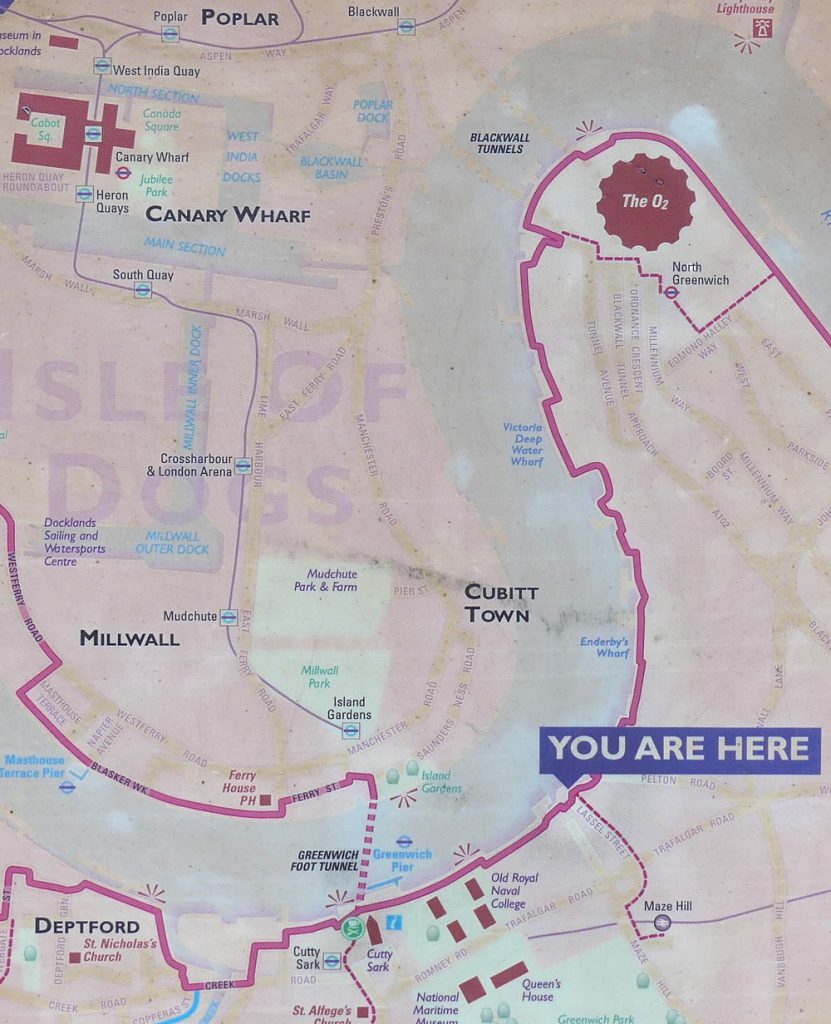
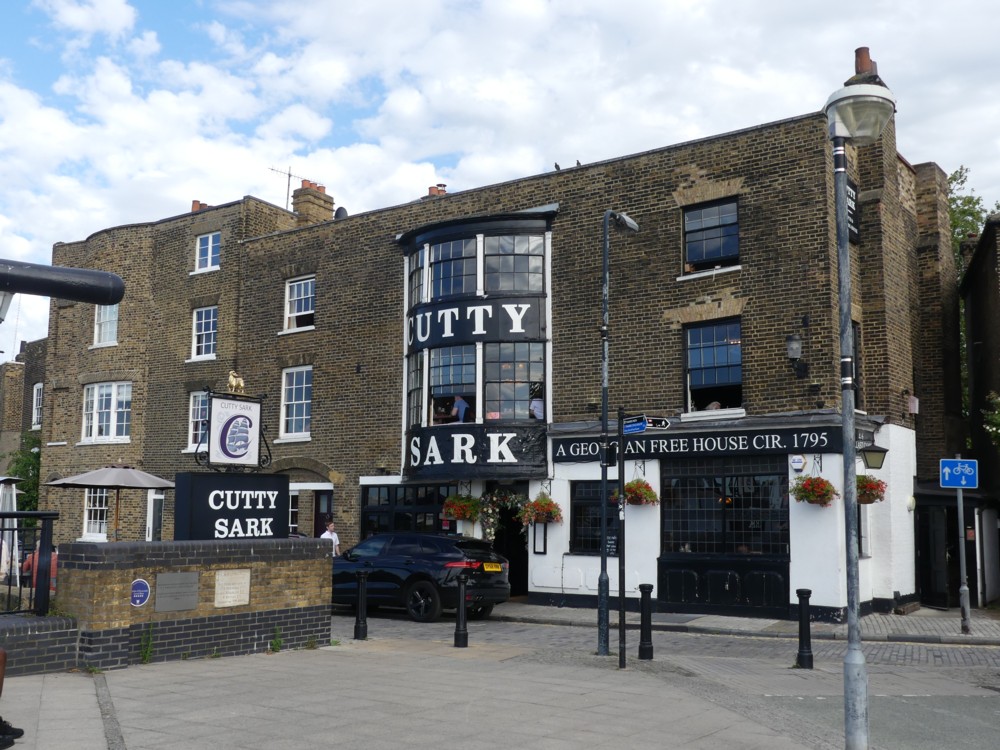
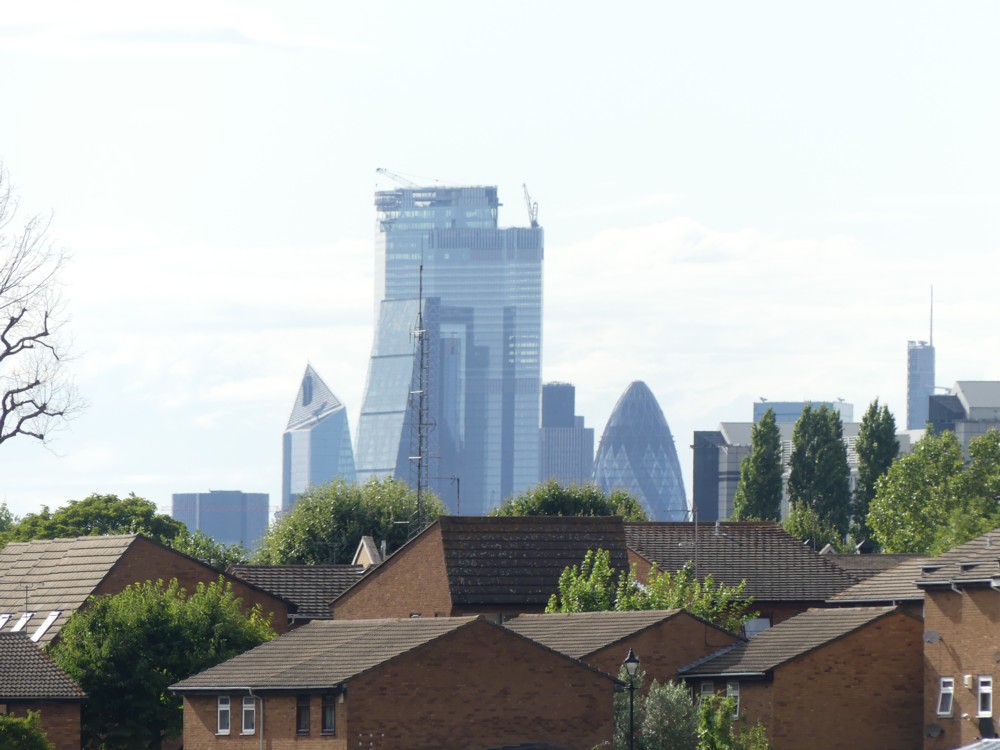
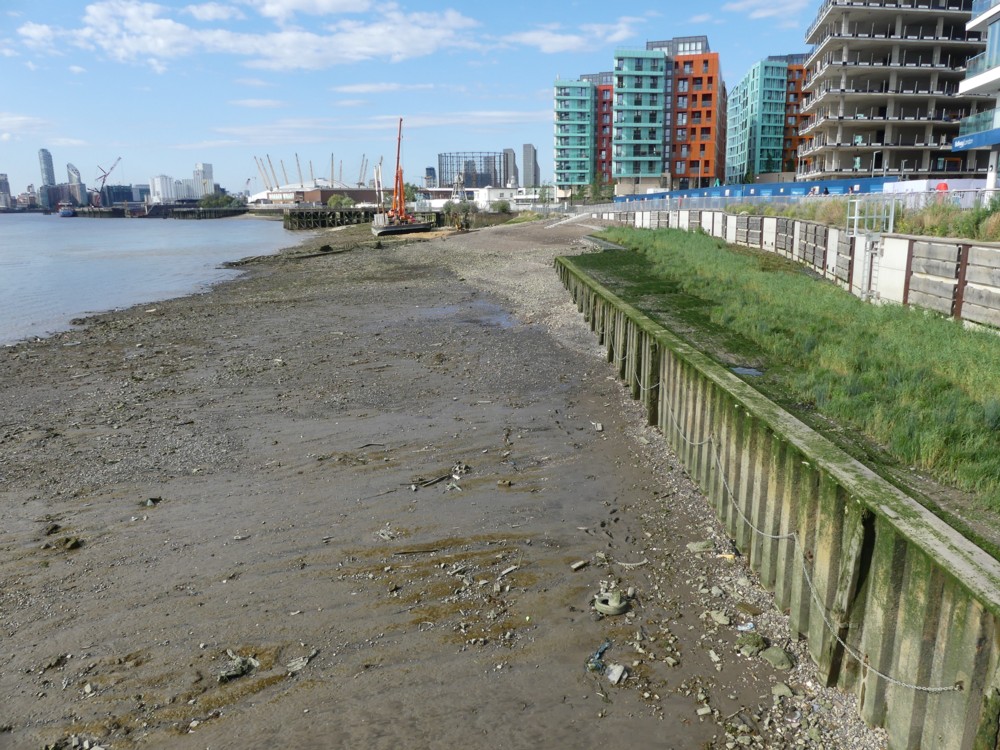
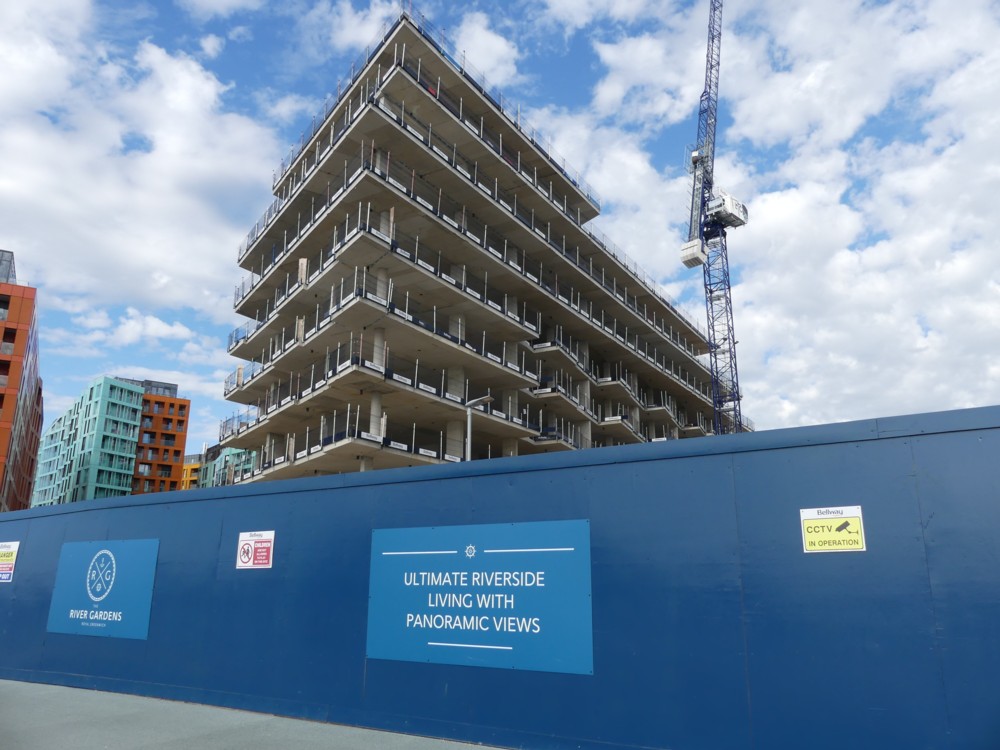
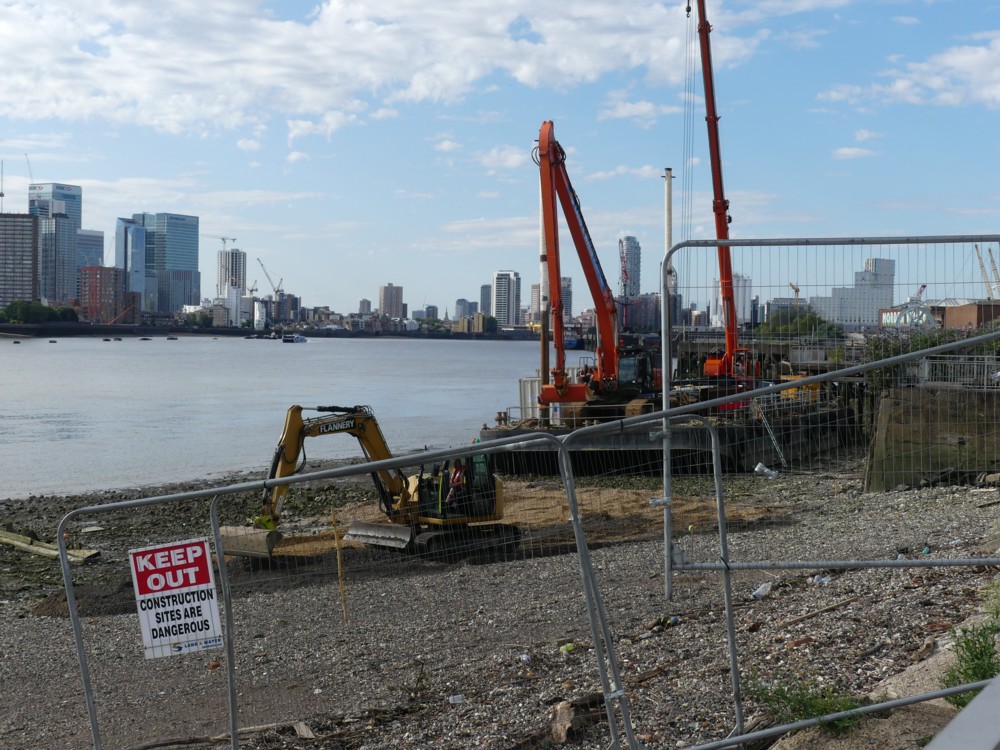
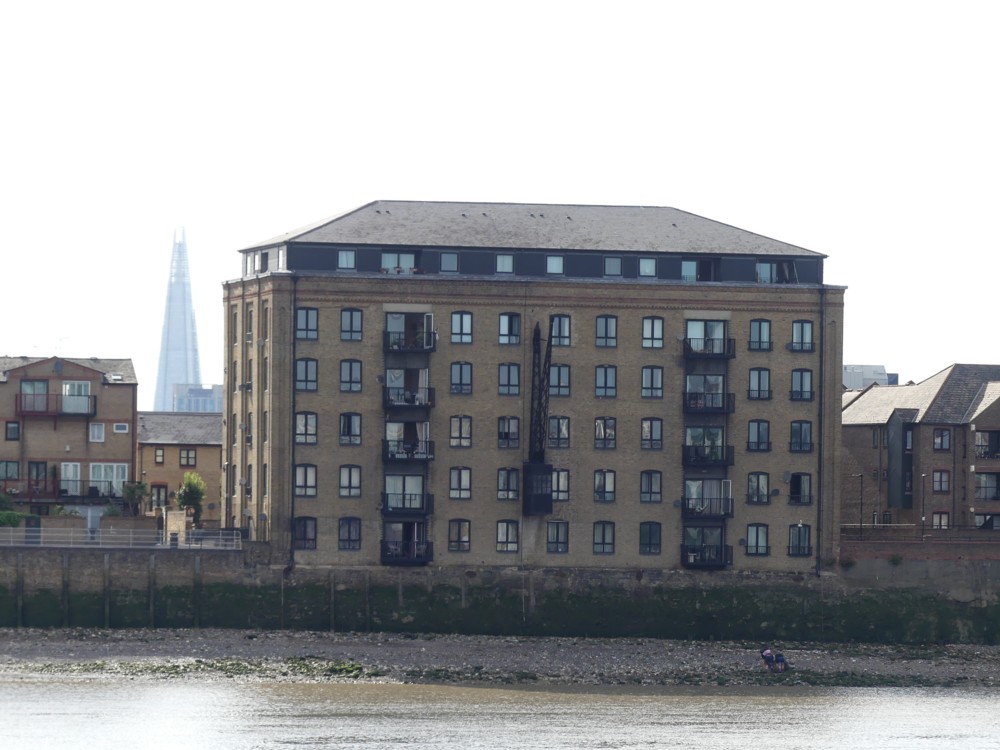
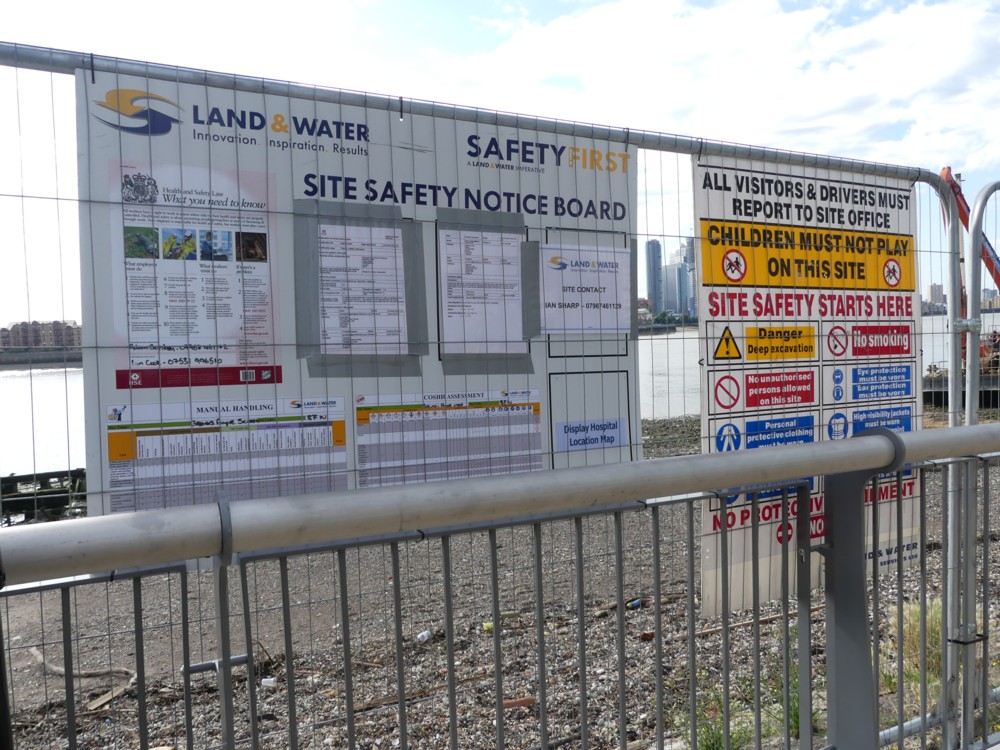
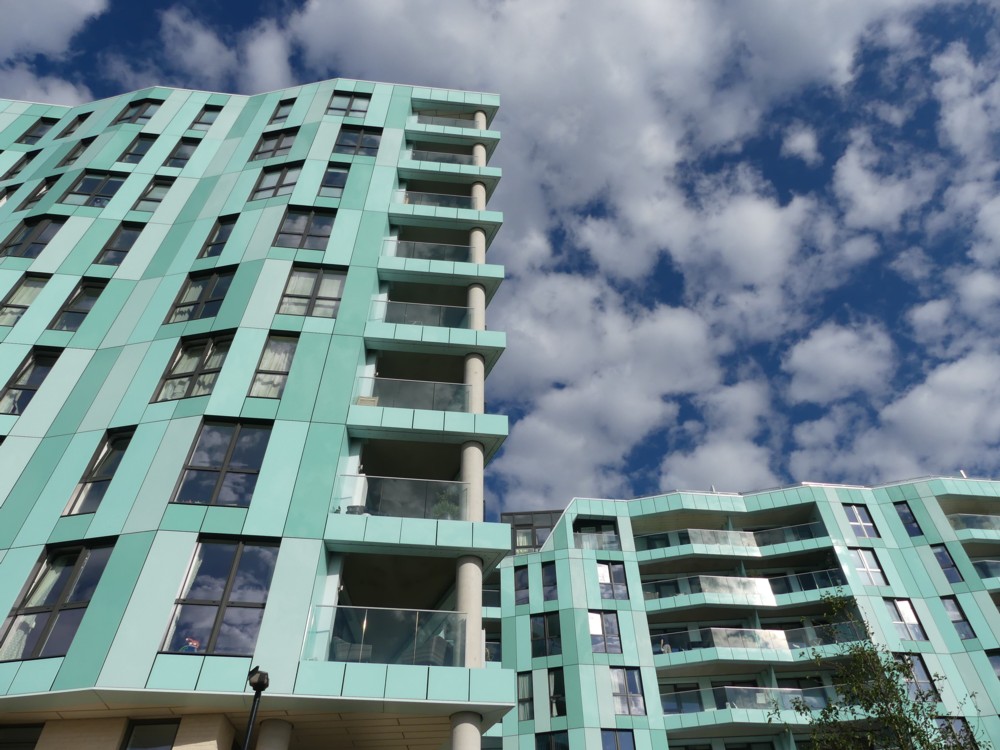
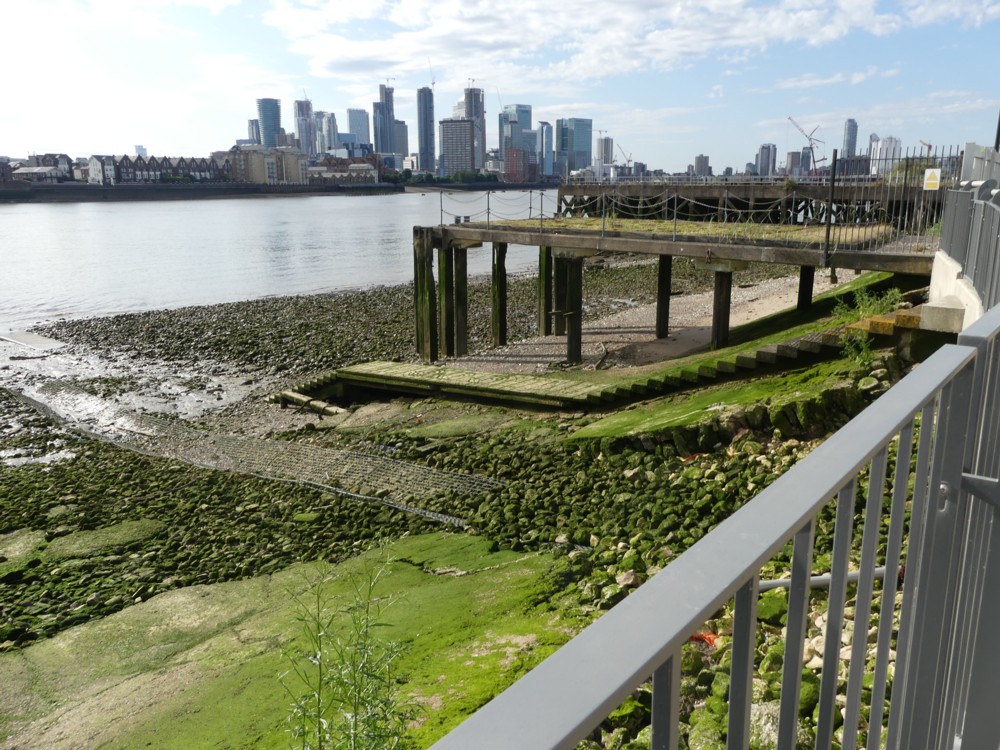
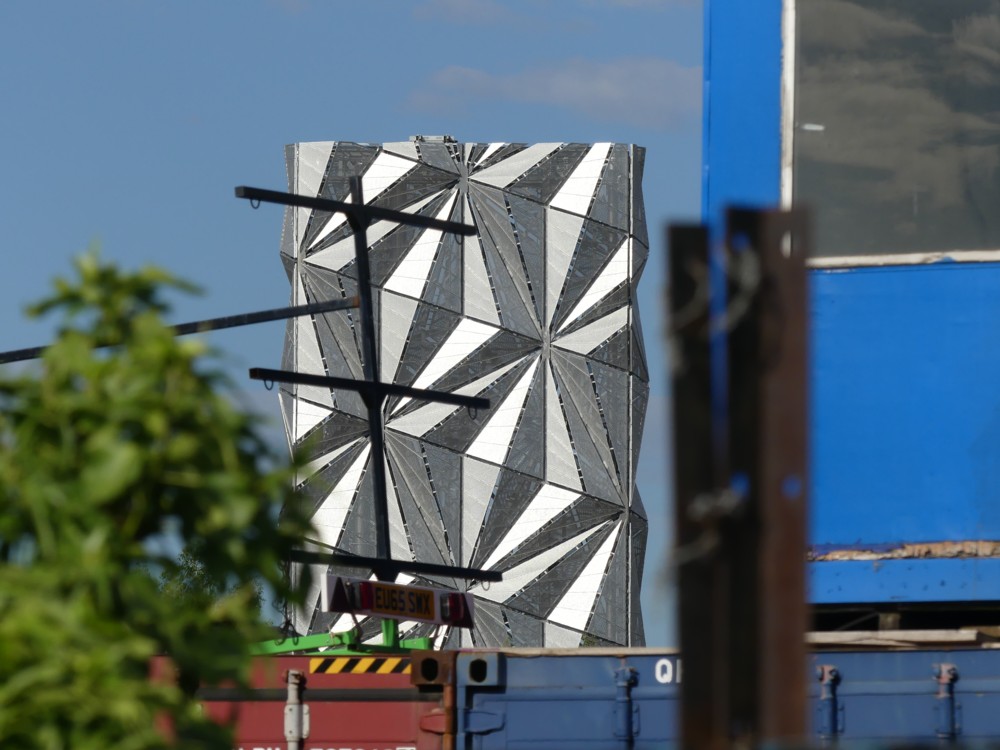

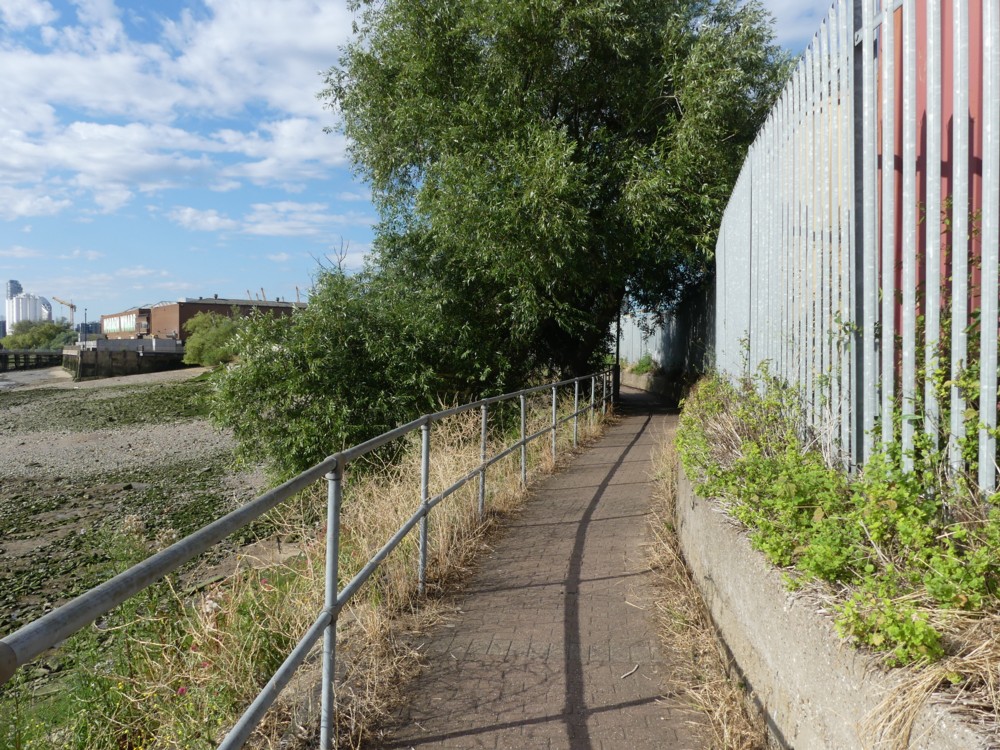
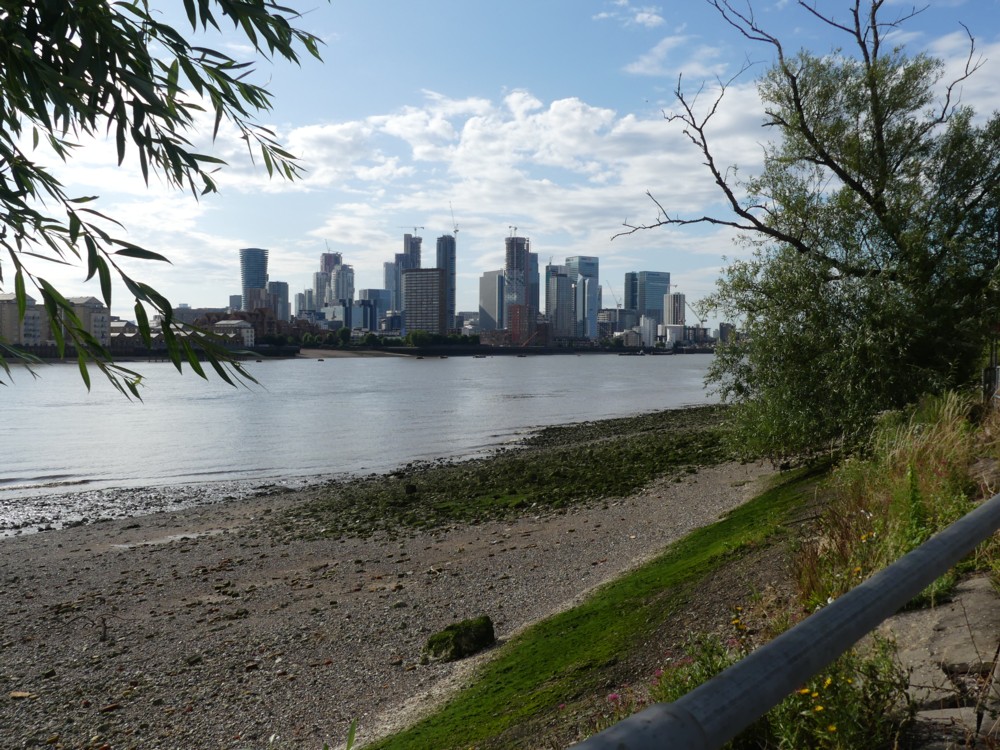
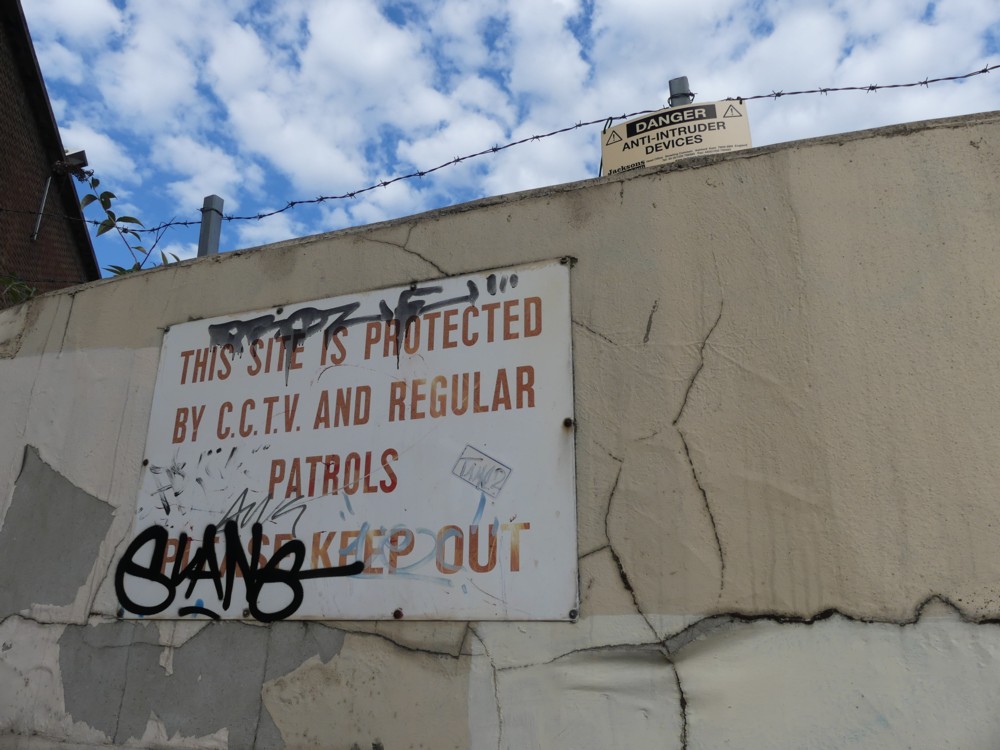
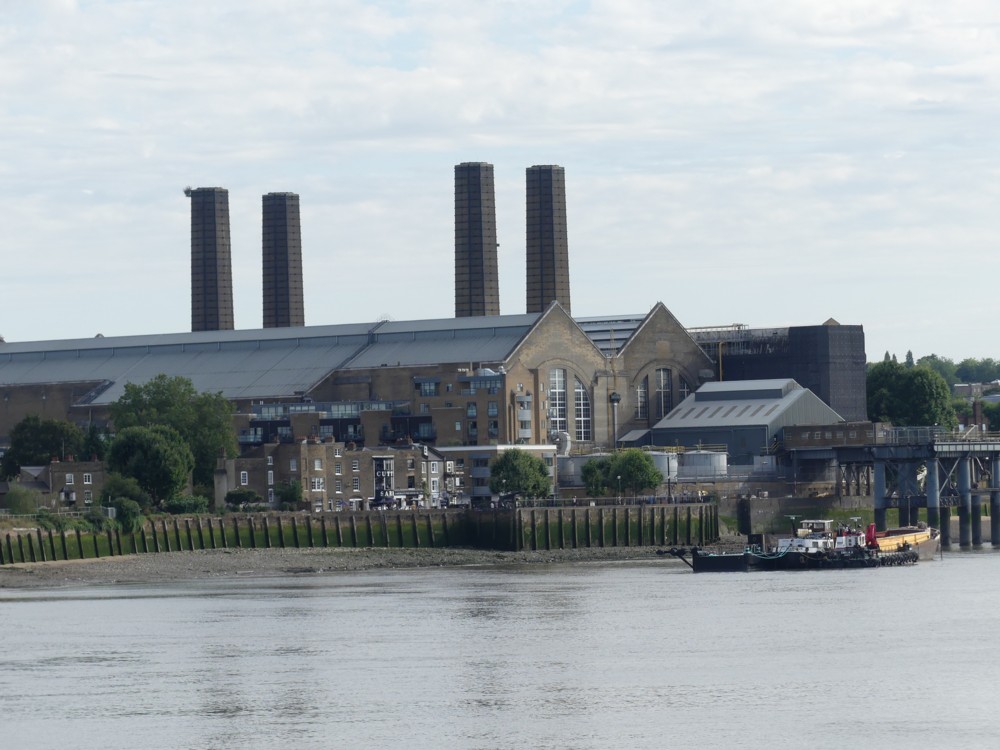
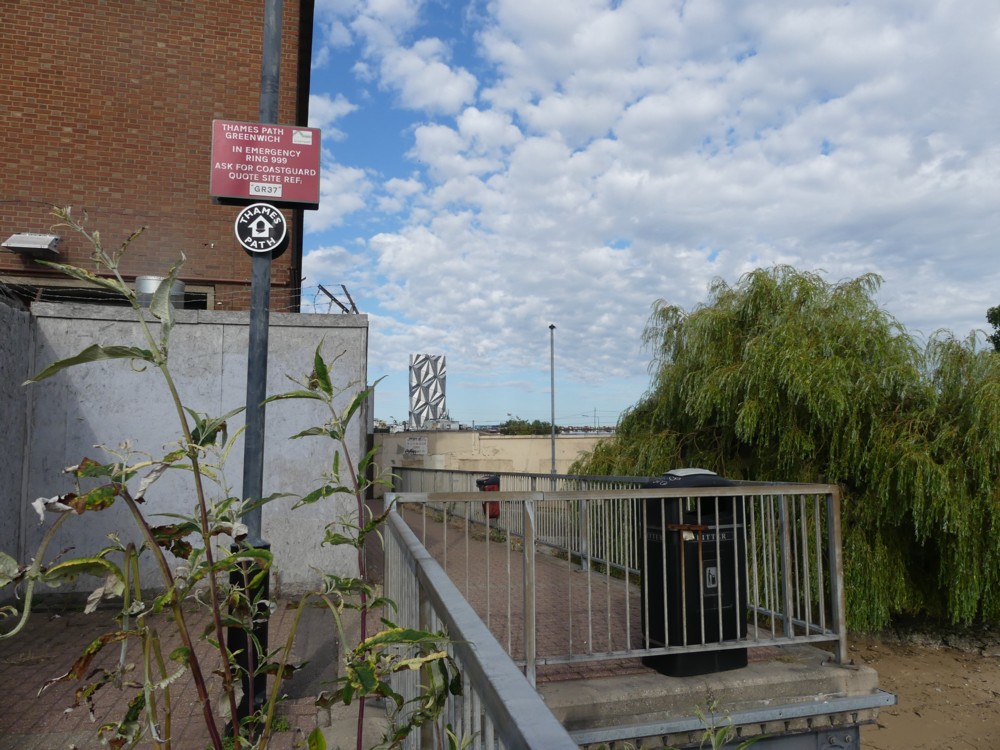
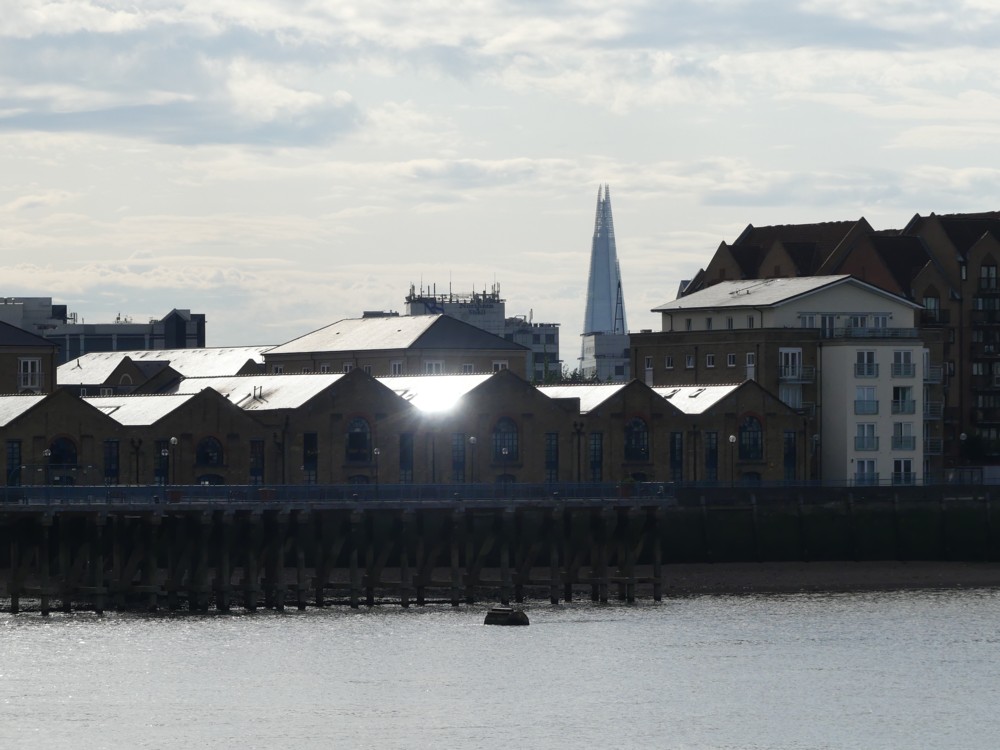
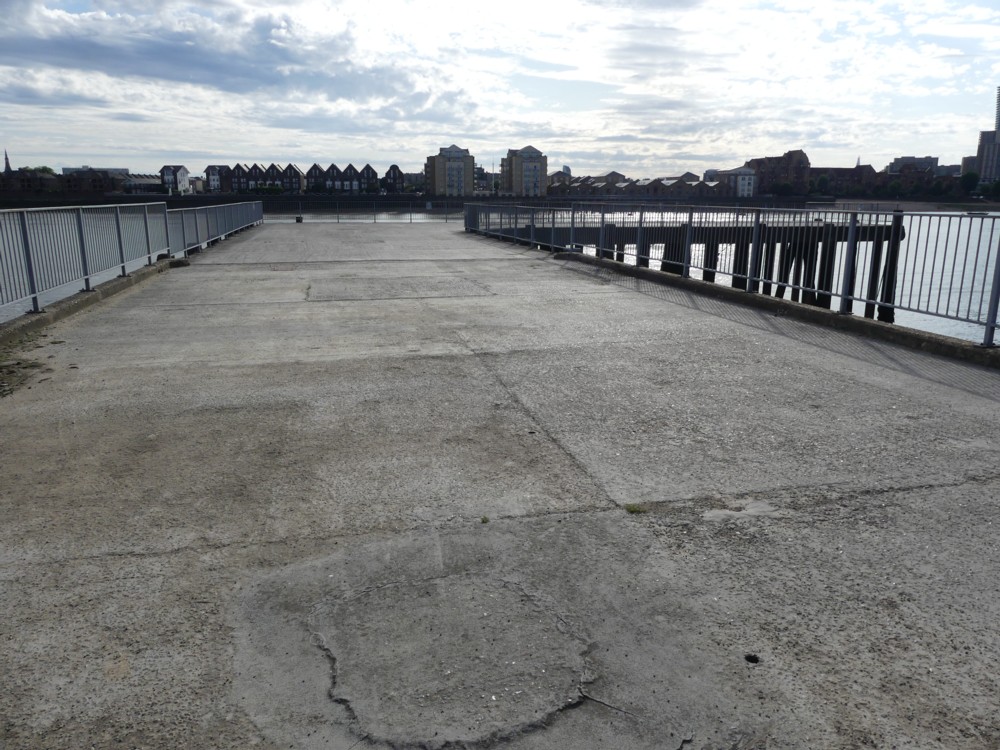
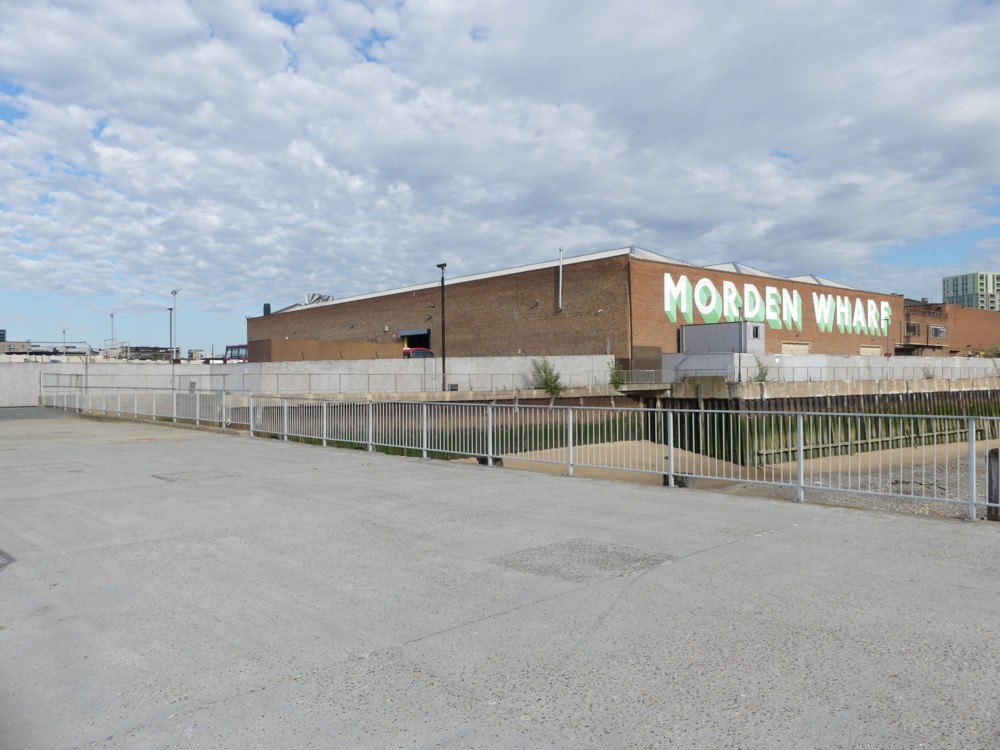
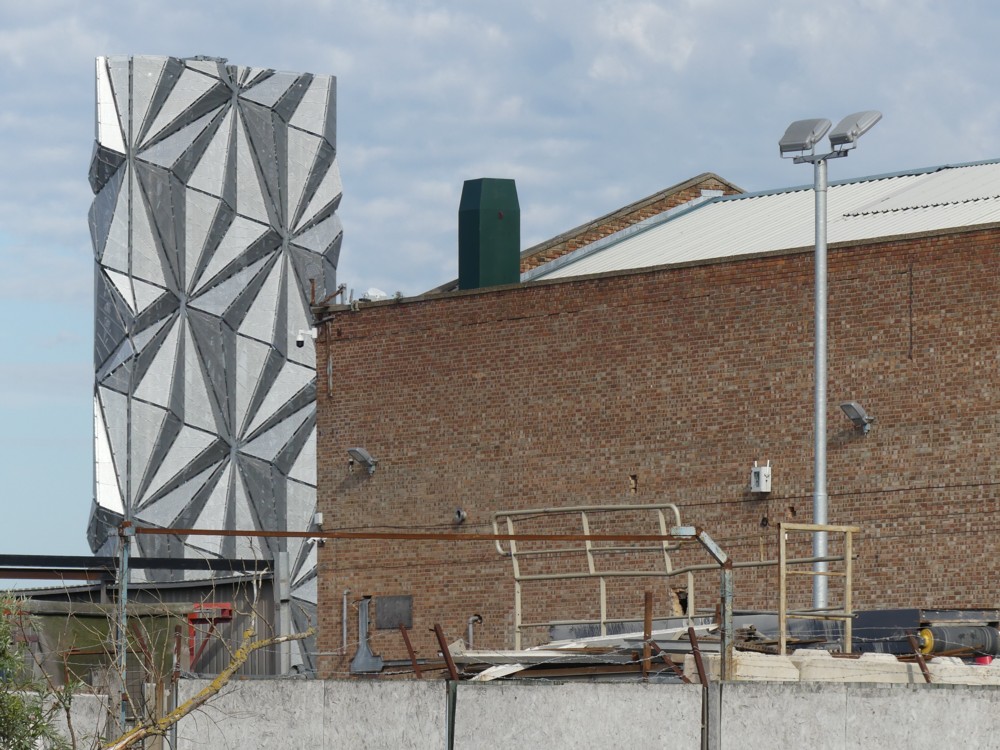
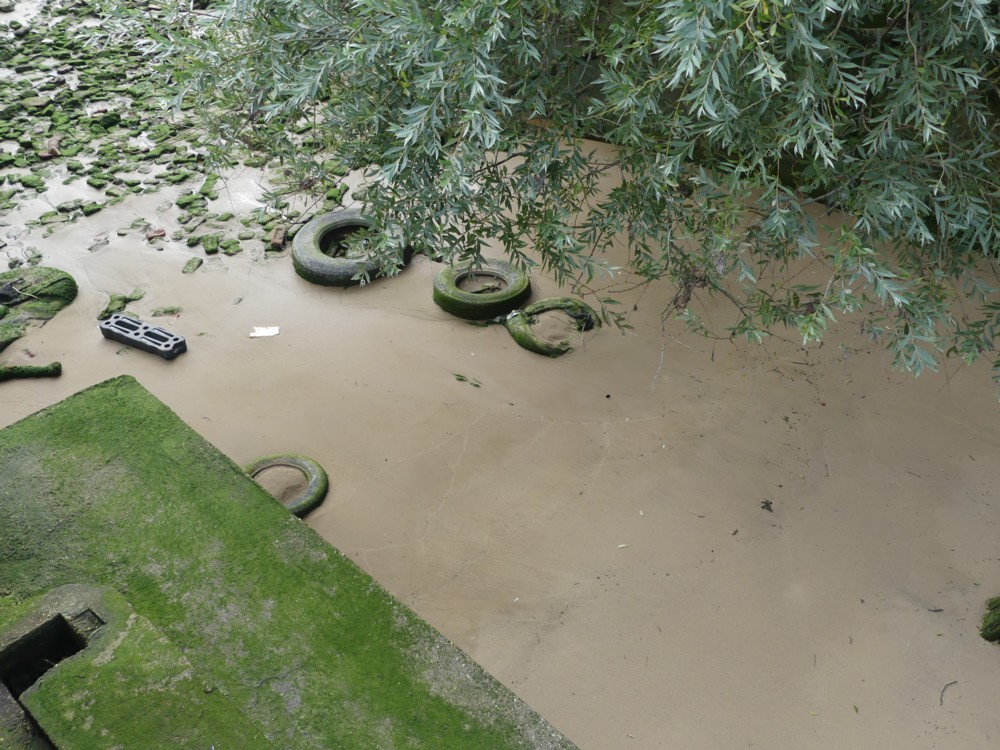
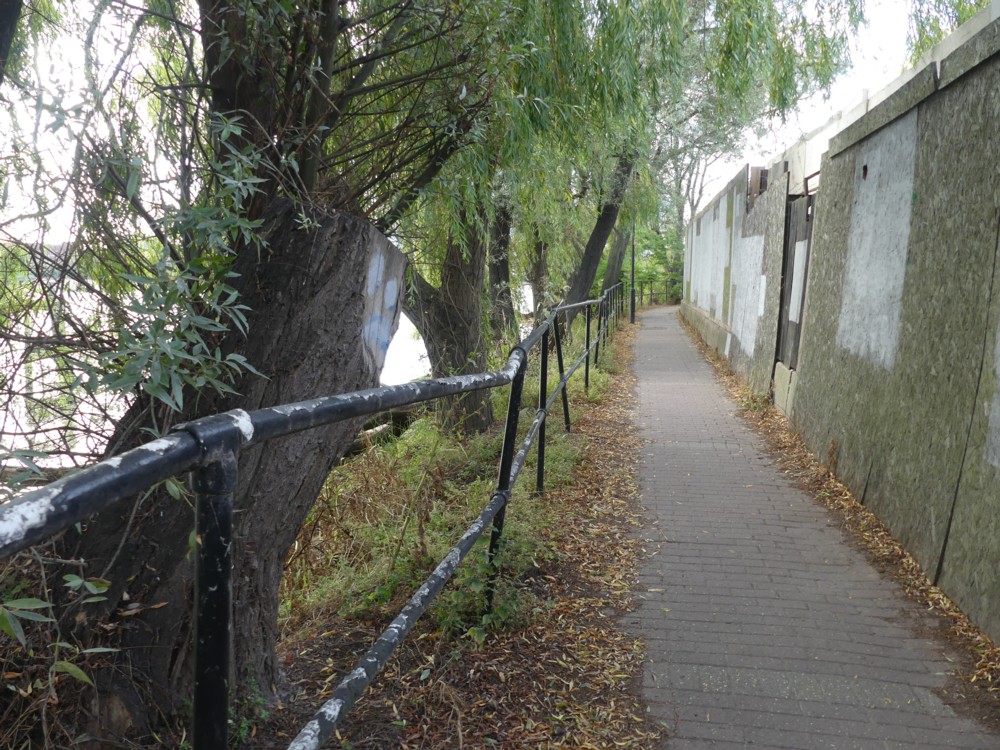
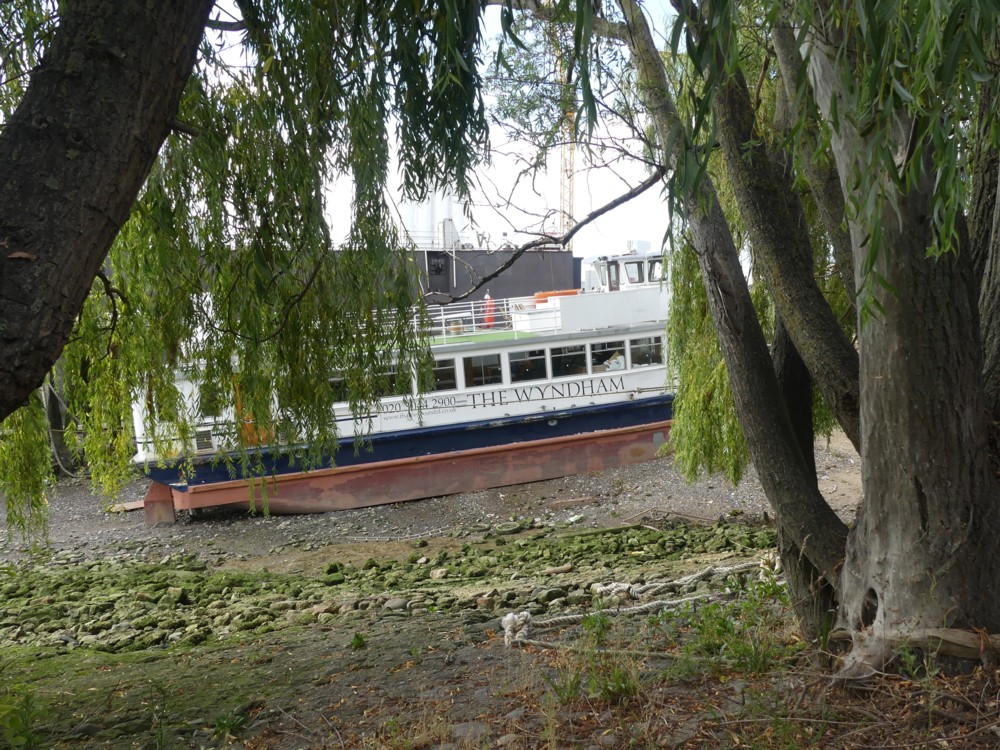
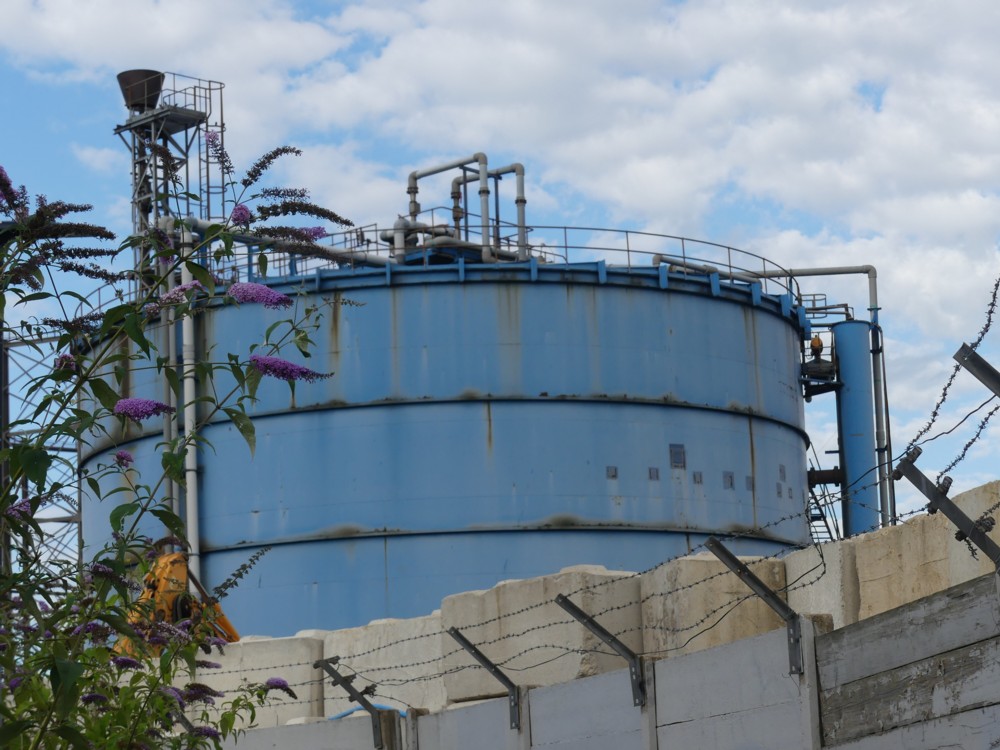

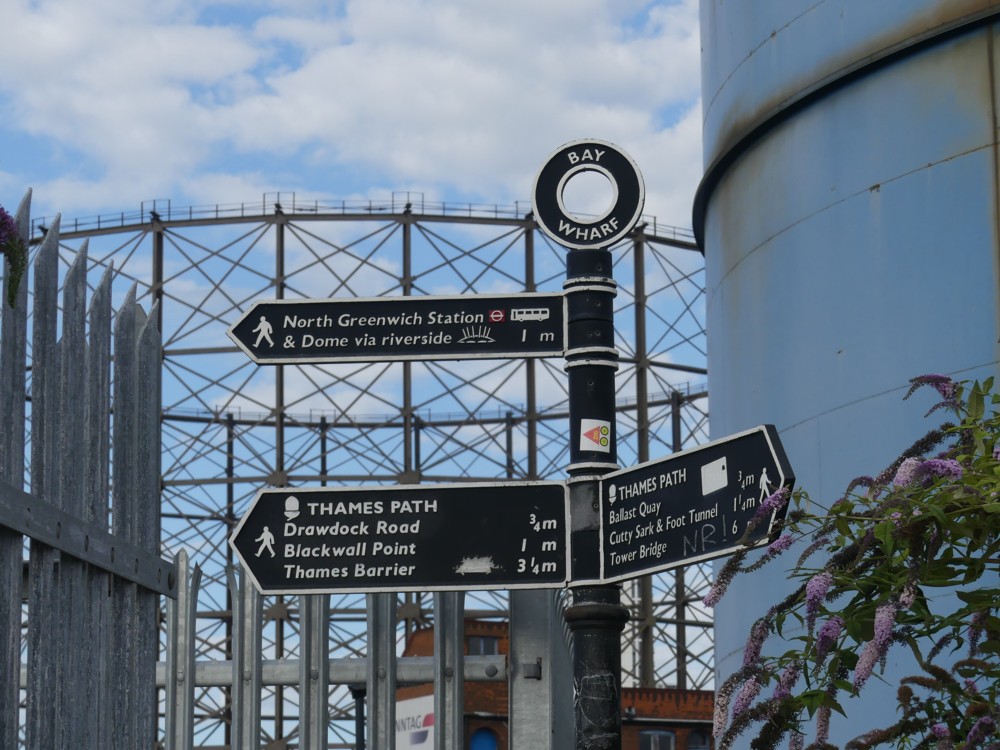
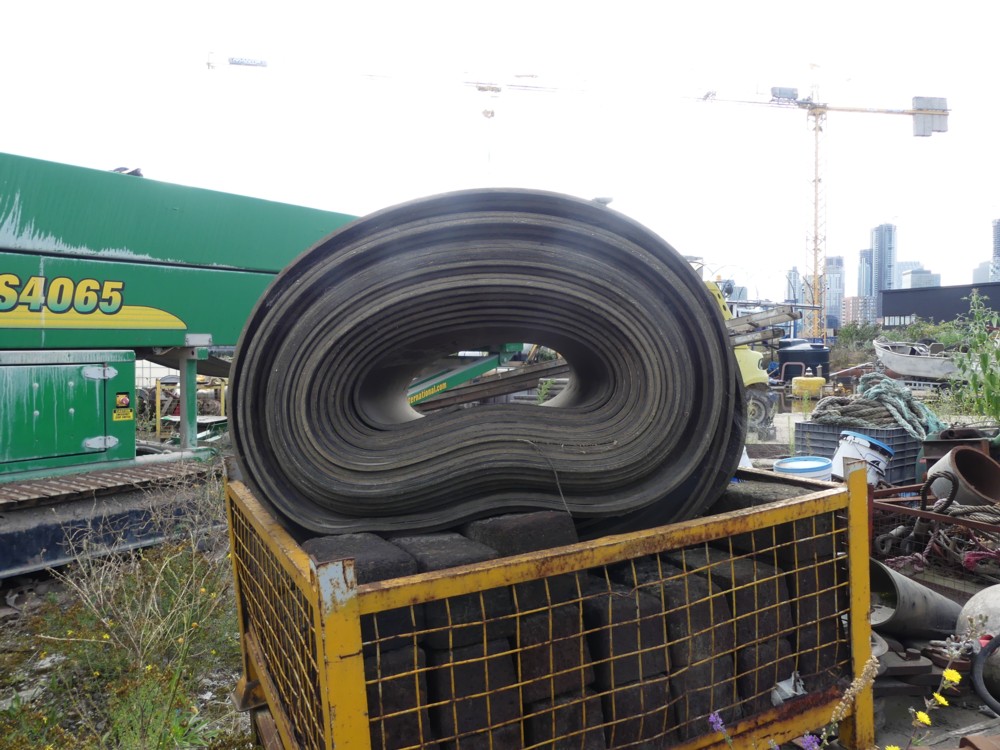
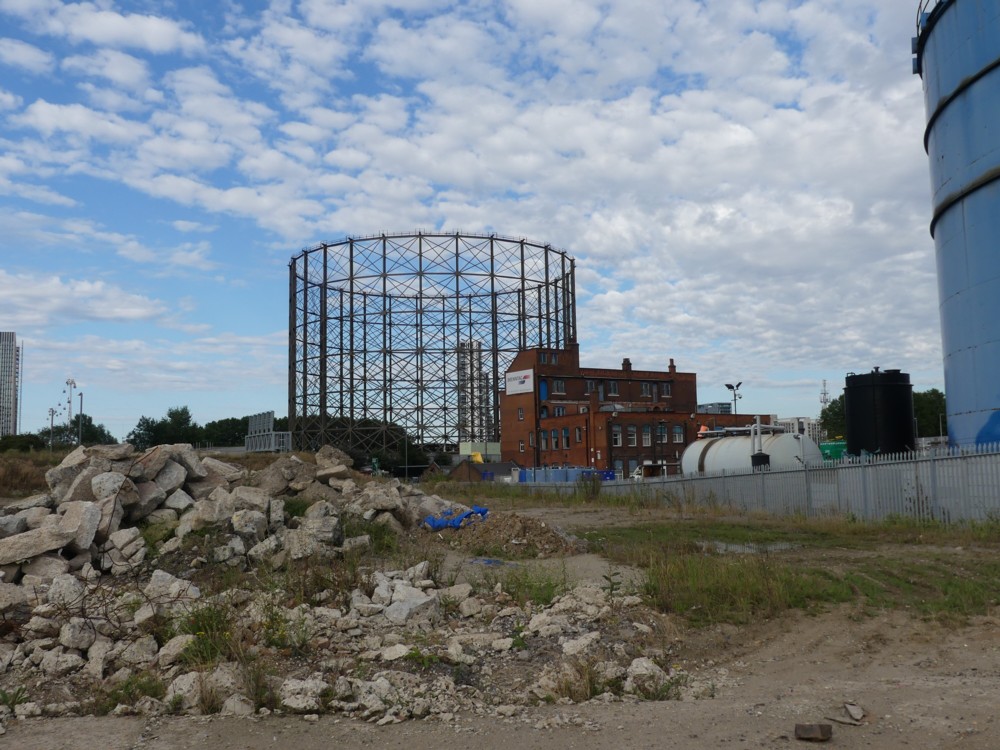
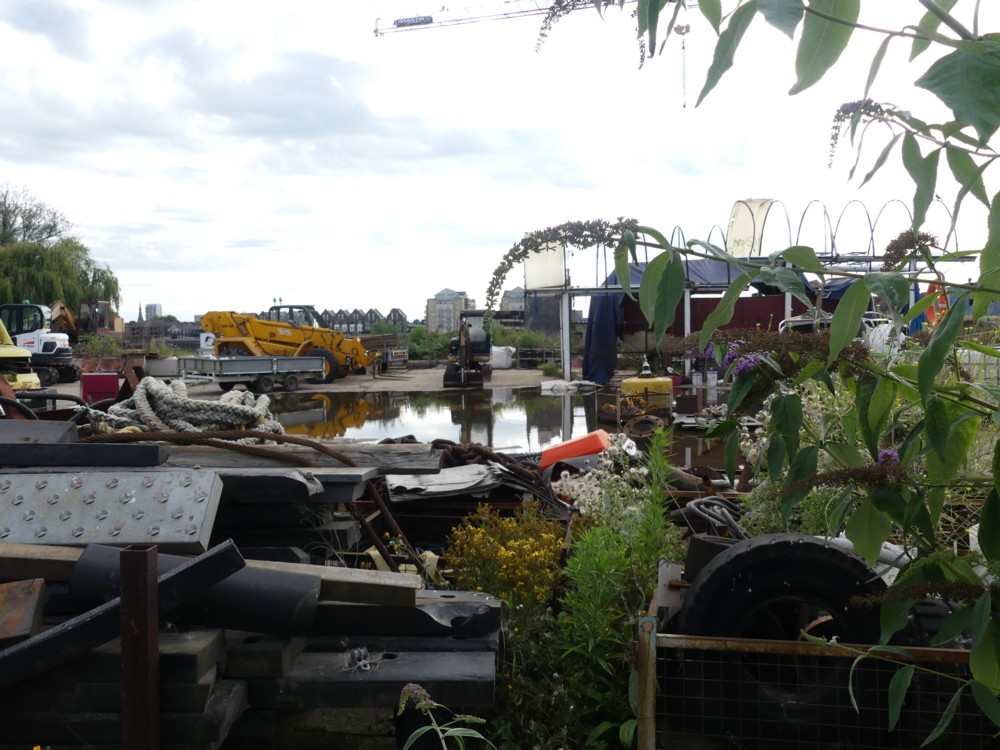
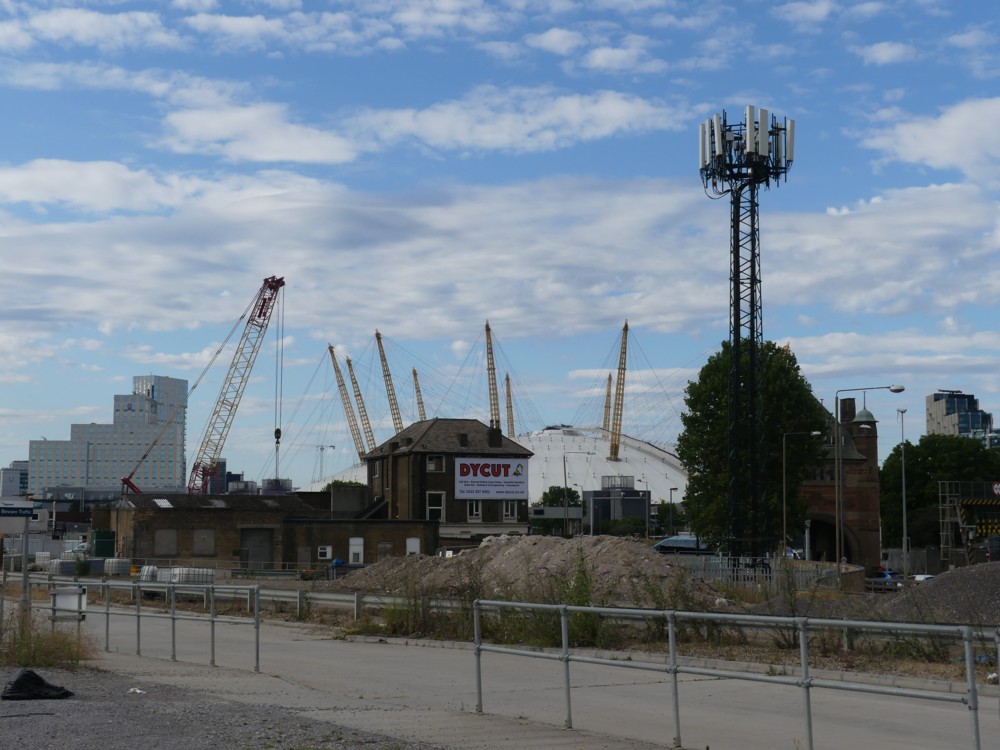
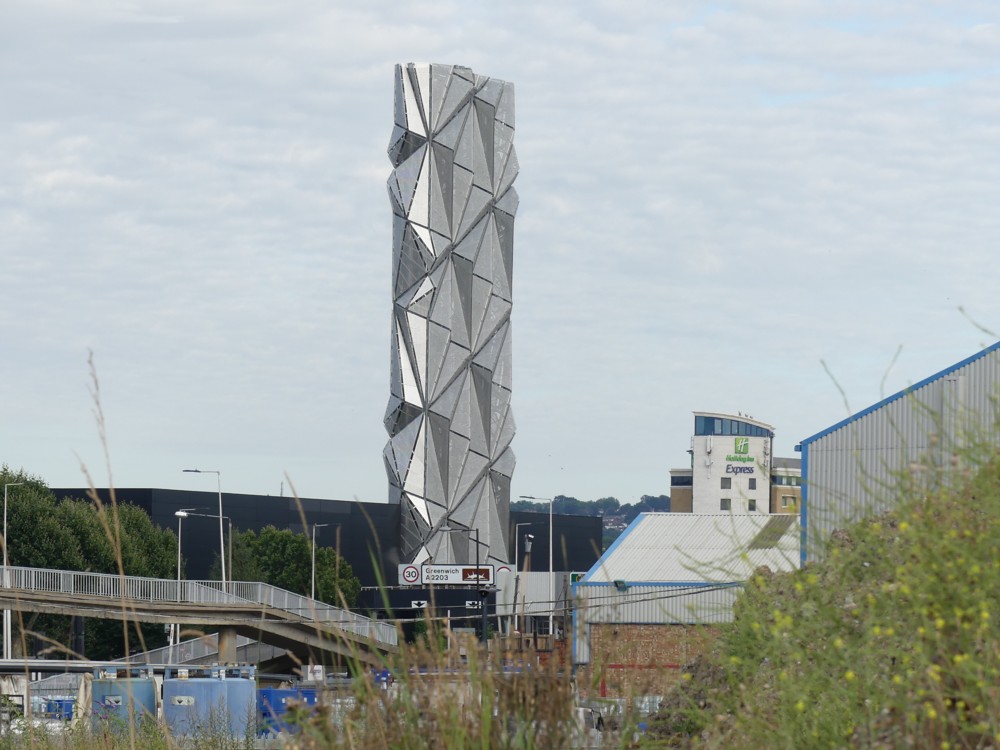
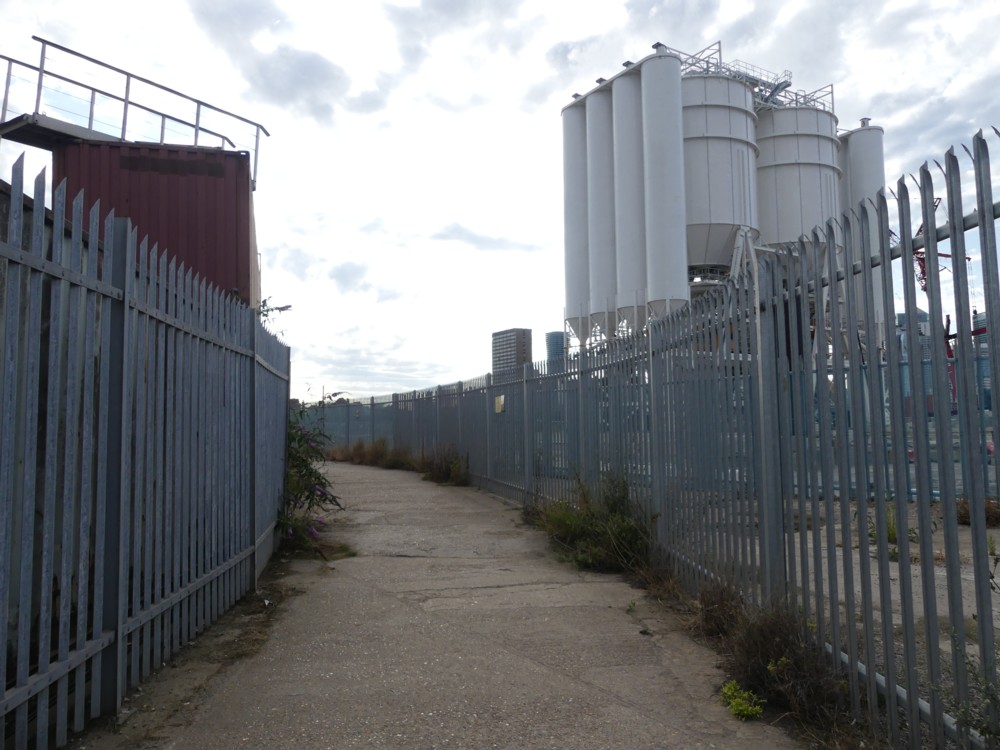
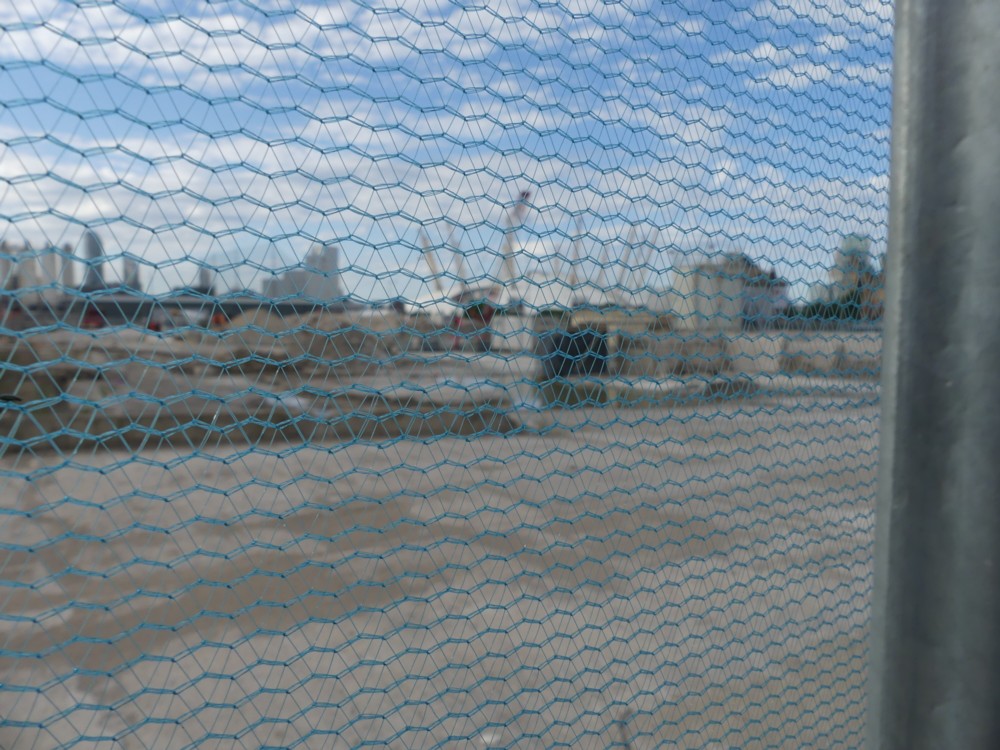
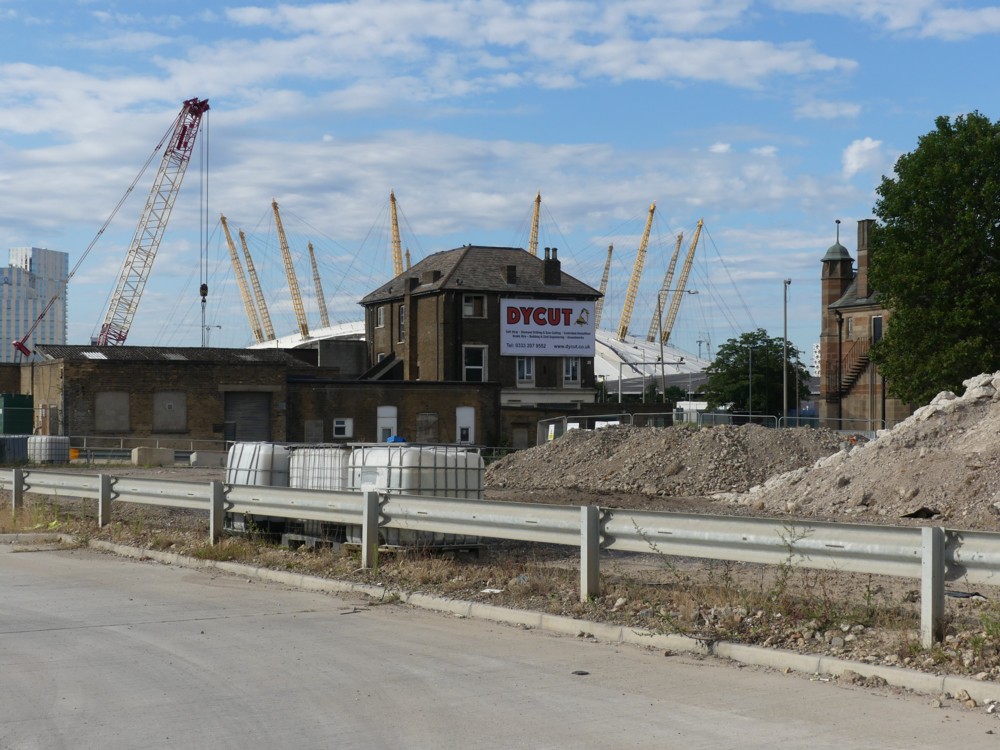
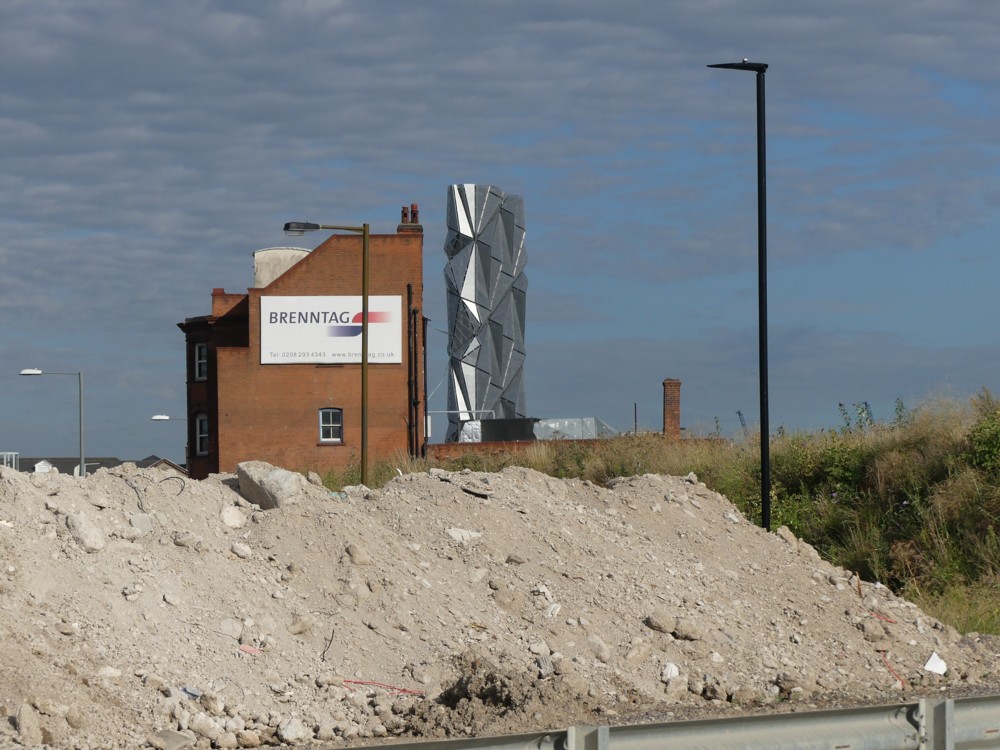
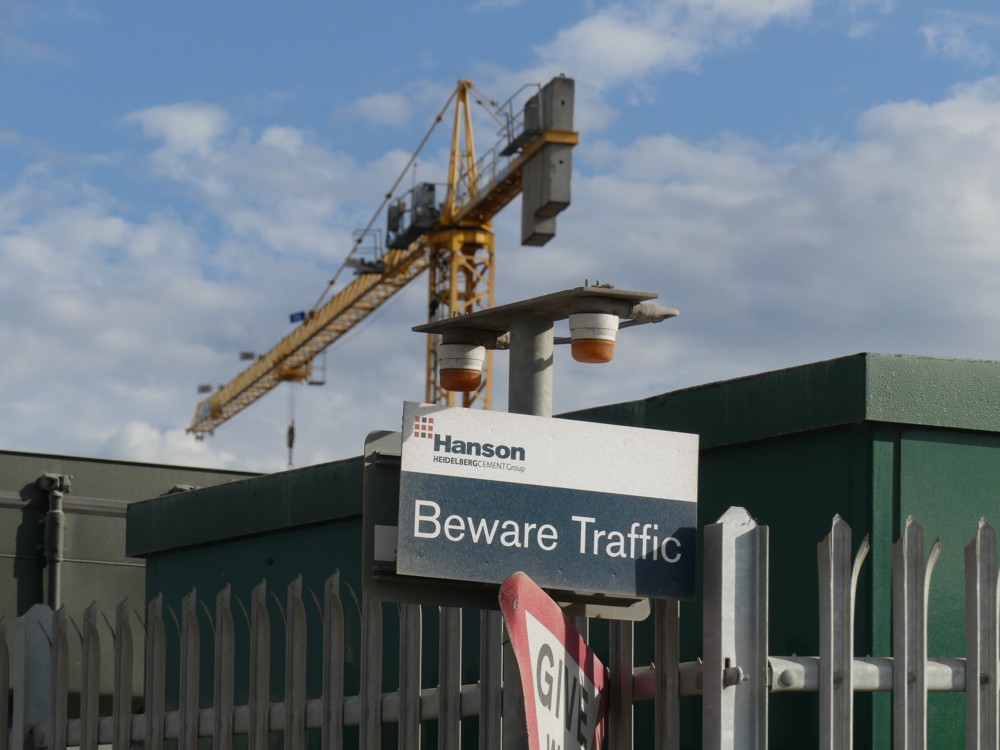
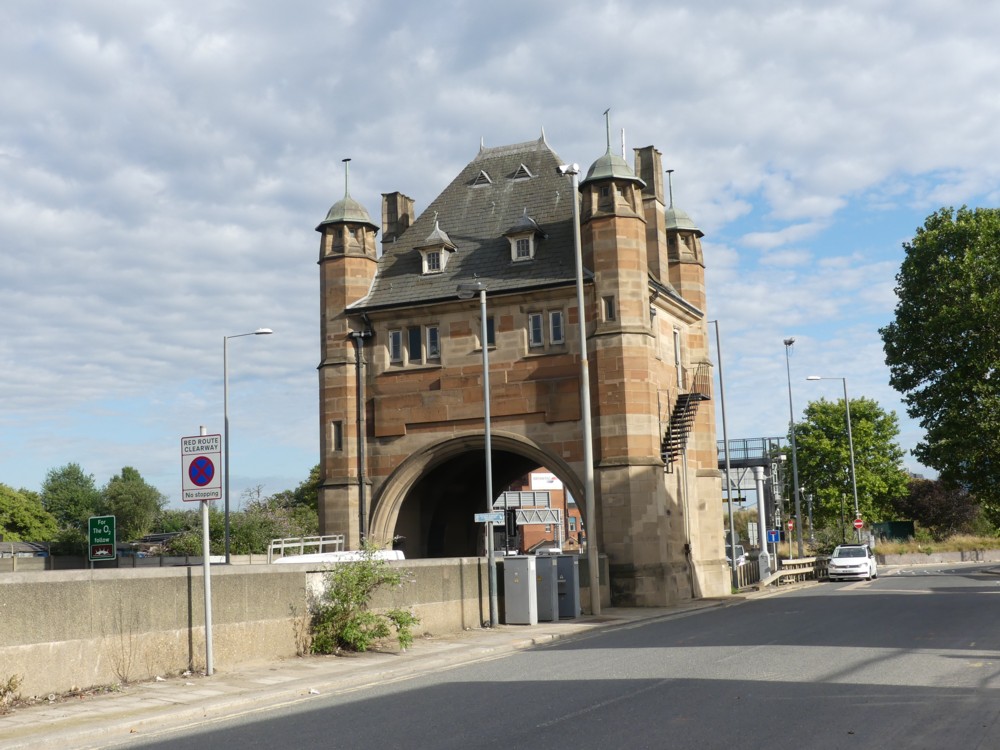
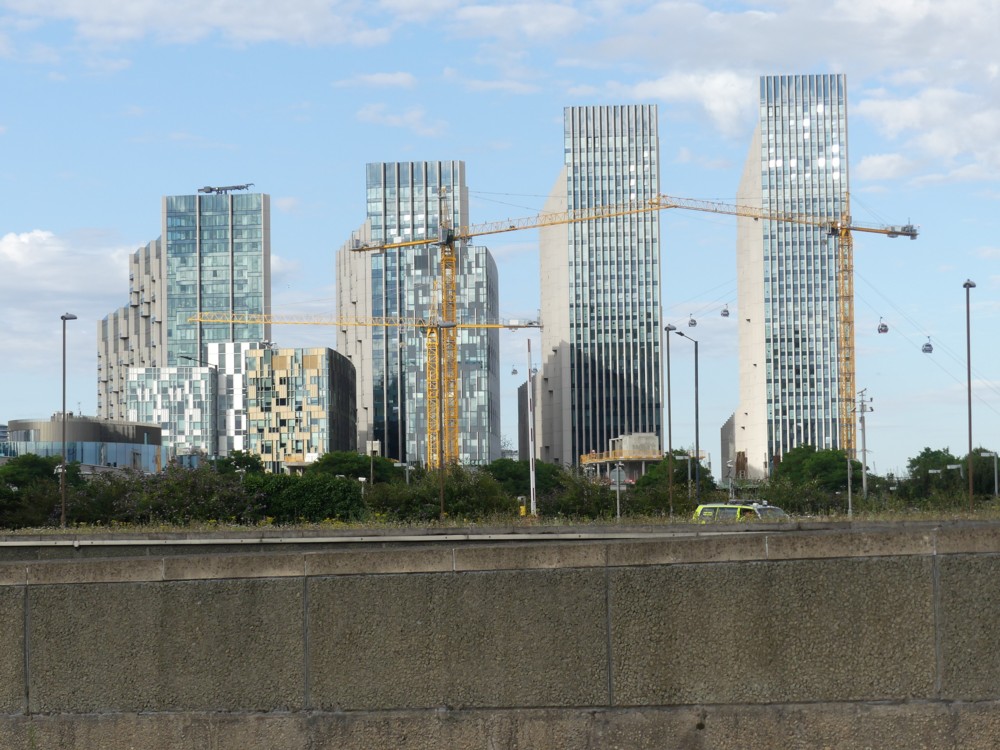
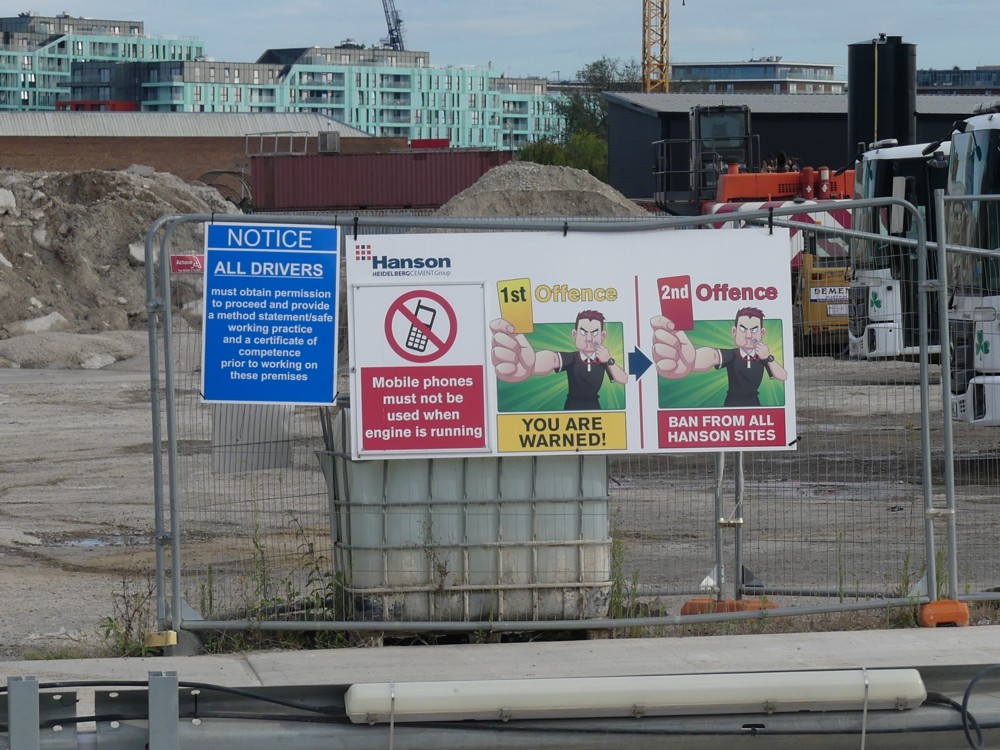
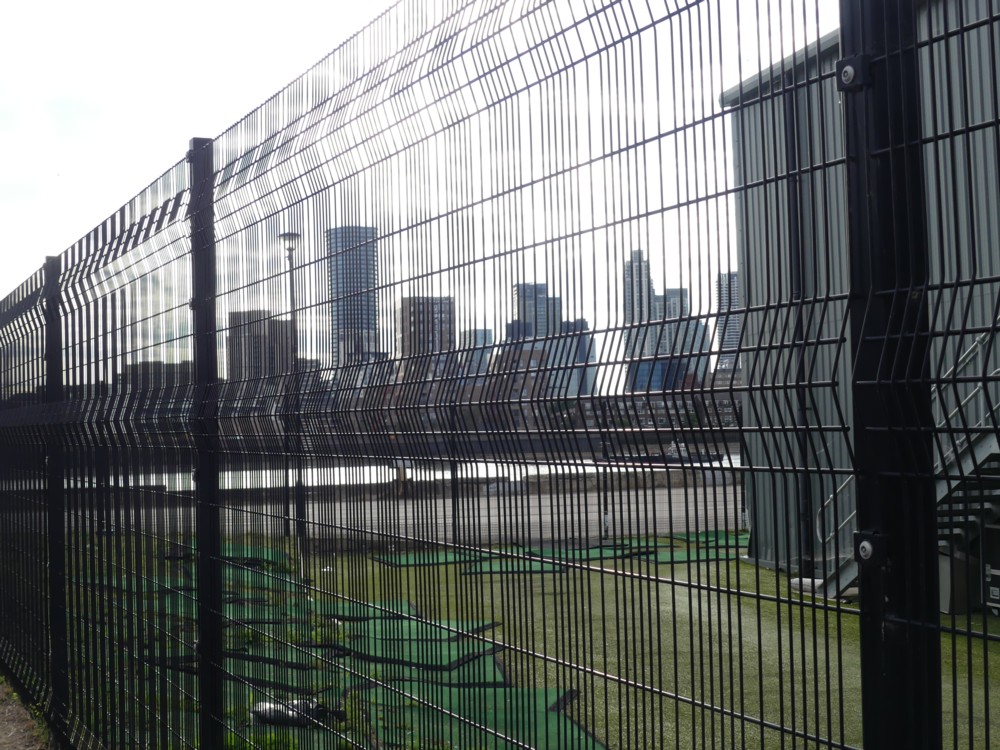
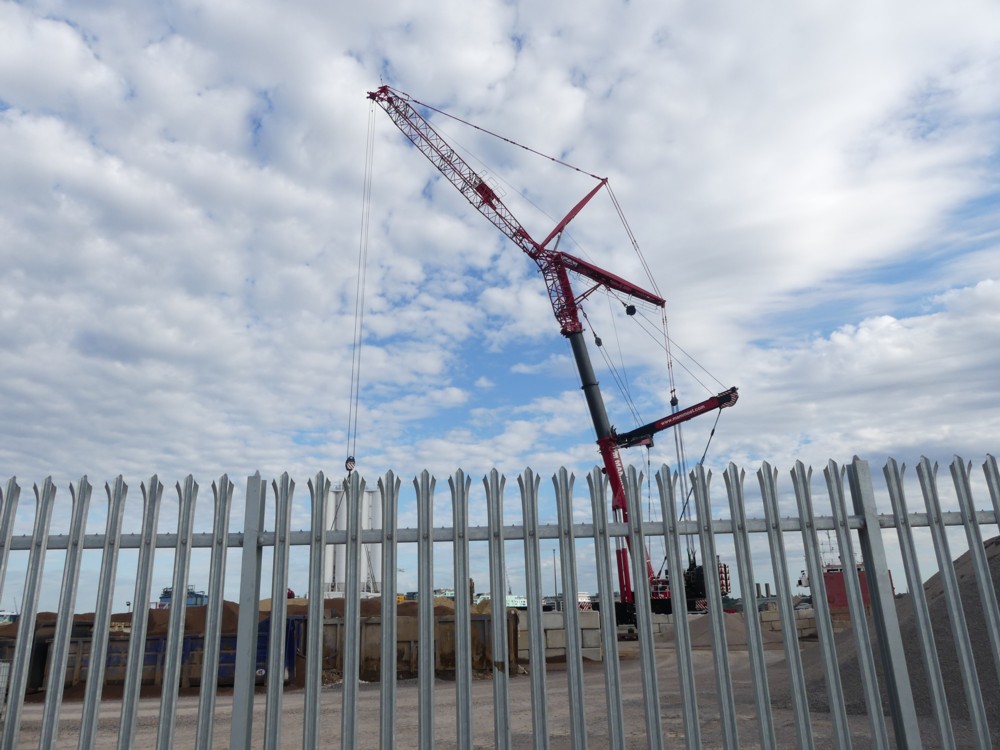
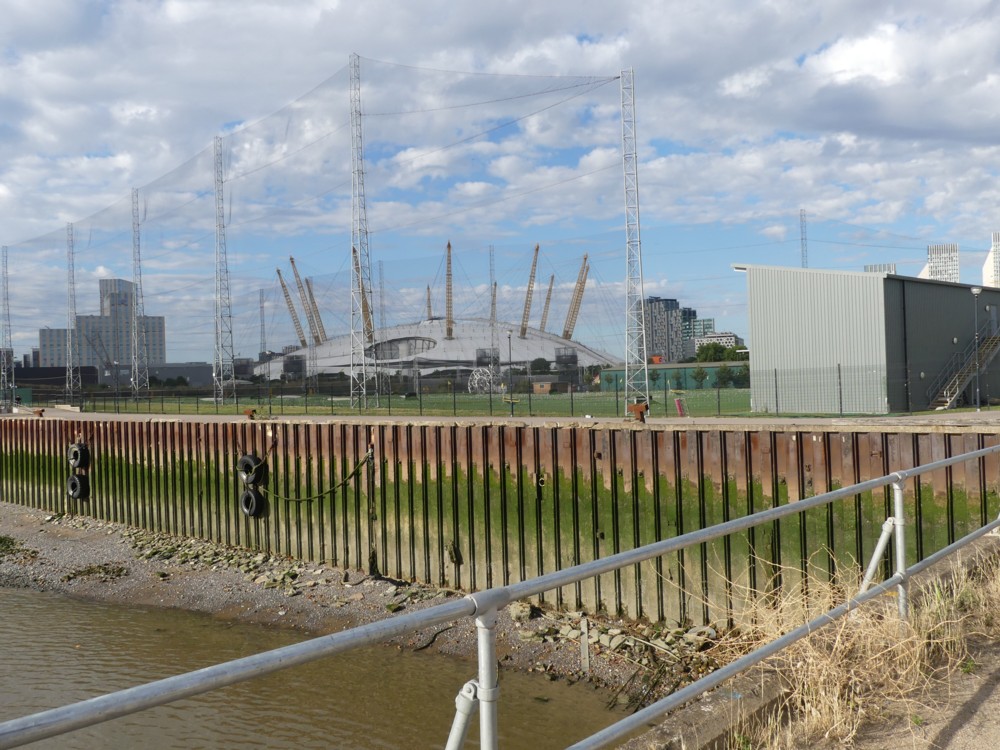
I love that section of the Thames. It’s like being in a strange alien landscape which could never just evolve as it has; there appears no apparent reason for many of those places to exist.
Jon. Ah, a fellow believer.
I guess that the oddity is because this part of London is changing from being industrial to being residential, but gradually, and in way shaped by individual decisions about which industrialists will give in to the tide of history, and when, and sell up to the residentialists. And how long the change then takes.
You have the old, the new, and the process of changing from old to new. Infinitely complicated and weird, and never exactly the same twice.